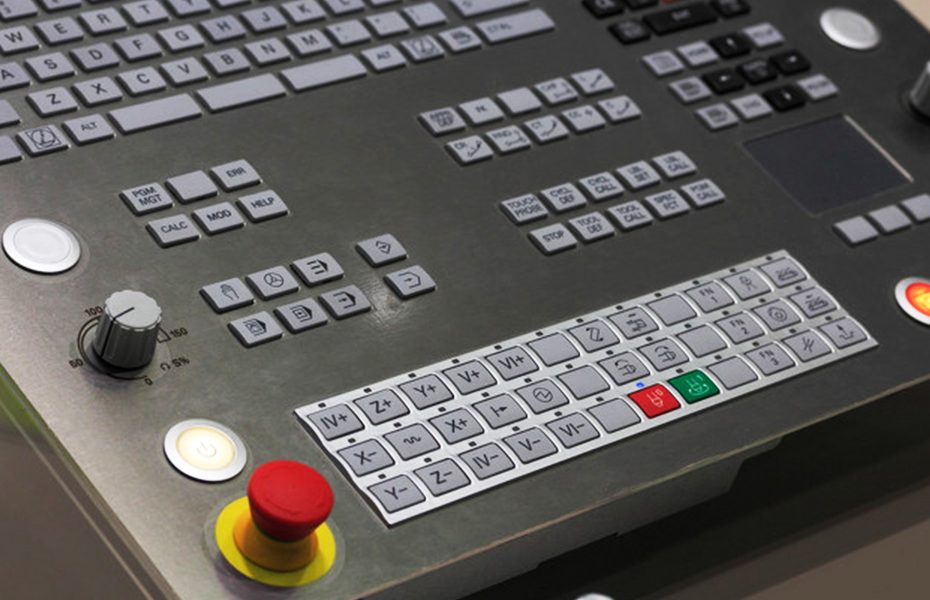CNC machining is popular in production for many reasons. It’s safe, accurate, fast, and budget-friendly—but there’s room for improvement in any project.
Whether you are planning to produce a single prototype or are ready for mass production, the desire to reduce production costs is often a top priority when choosing to use CNC machining.
Fortunately, our decisions as designers have a significant impact on the final price of a manufactured part or product. By following a few rules of thumb and simple principles, we will be able to manufacture the product while minimizing the cost and maintaining the mechanical requirements of the part.
These 6 proven design tips will help you save cost
Let’s take a look at some aspects of CNC machining you can incorporate into your part designs and get a head start on maximizing your profits.
Optimize material selection
Both the material as a raw material and machinability affect the cost. The cost of the raw material may be low, but if it is difficult to process, the final cost may be higher than the slightly more expensive raw material that is easier to process. Generally speaking, softer materials are easier to cut, so they require less machine time and can be cut with cheaper tools. Hazardous materials that require additional safety precautions also increase production costs.
Avoid high tolerances
While CNC machining is capable of some of the highest tolerances in any manufacturing process, that doesn’t mean every part needs the tightest tolerances. In fact, using tight tolerances only when absolutely necessary can greatly reduce costs, as achieving high tolerances increases machining time (and inspection time). Other parts we recommend follow common standards, such as ISO 2768, which are reasonable for CNC machined part designs.
Limit the depth of the inner bag
Deep pocket milling is an operation that can significantly impact the cost of producing a part because deep pocket milling in a part requires the removal of a large amount of raw material, which requires a lot of machine time. It is important to remember that CNC milling tools have a limit on how deep CNC milling can penetrate the raw material, a well-established rule of thumb is that milling can penetrate (and work optimally without extreme mechanical loads) to a certain depth equal to its radius (half the diameter). For example, if we use 8mm diameter milling, we can mill a pocket at a depth of 4mm.
Deeper cavities can be milled, but performing such operations can increase the price of the part because additional special equipment is required to perform this type of CNC milling.
Avoid thin walls
While CNC machining is capable of producing parts with extremely tight tolerances and thin walls (~1mm), if cost is the driving factor for your product, it is advisable to thicken the walls as much as possible. The reason for this is because machining very thin walls can be tricky: if you machine too fast, you can damage the part from vibration. Proper machining of thin walls requires repeated low depths of cut, which adds a significant amount of time to the machining process. Therefore, integrating thicker walls into the part as much as possible helps speed up machining times and reduces costs.
Avoid engraving text on parts
While engraving text on a part is beautiful, it’s an operation that requires a lot of machine time, so if it can be avoided (especially in prototypes) that’s even better. This is because in order to mill symbols, letters, logos, etc., the machine uses finger milling to remove a layer of material, resulting in these symbols. This action is really beautiful and may even be necessary for the use of the part. However, it is recommended to postpone as much as possible to the mass production stage of the parts, which is more economical.
Limit thread depth
Designing a part with longer threads and taps than actually needed can increase the cost of manufacturing the entire part because special equipment may be required. For example, when partially designing threads, a rule of thumb to keep in mind is that the minimum depth of a threaded hole should be half the diameter of the screw, deeper holes will not significantly increase the strength of the connection. Another rule of thumb that should be followed is to design the part so that the maximum depth of the tap hole is 3 times the diameter of the screw as much as possible.
Summarize
Above are the top 6 design tips to help you reduce the cost of machined parts, to sum up, keep it simple and follow the standard. Getting these design tips deep into your head and applying them to your actual product will surely help you cut down a lot of unnecessary costs.
If you have more profound tips, please share with me. If you are looking for a professional and cost-effective CNC machining supplier, contact our sales team today!
